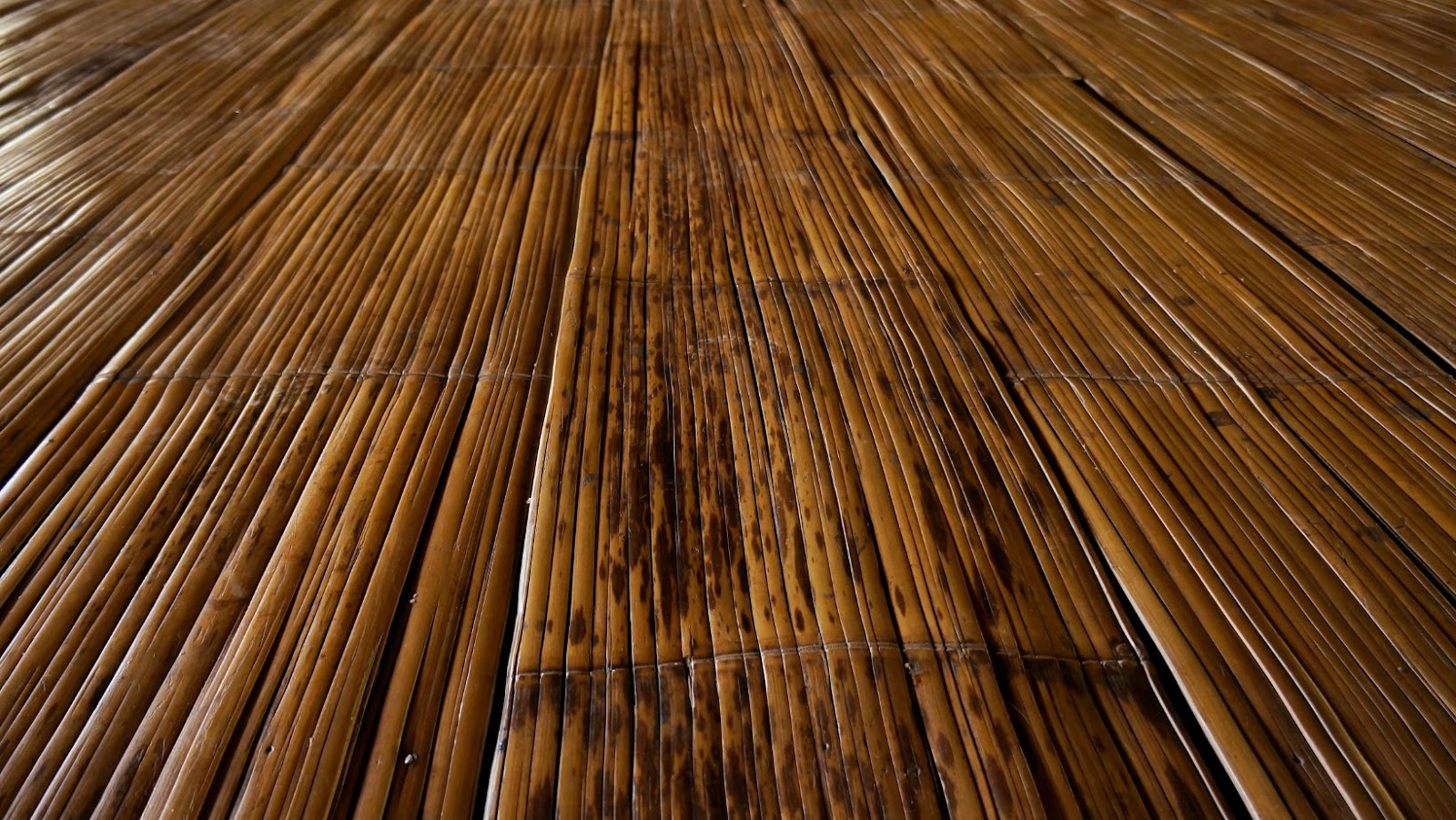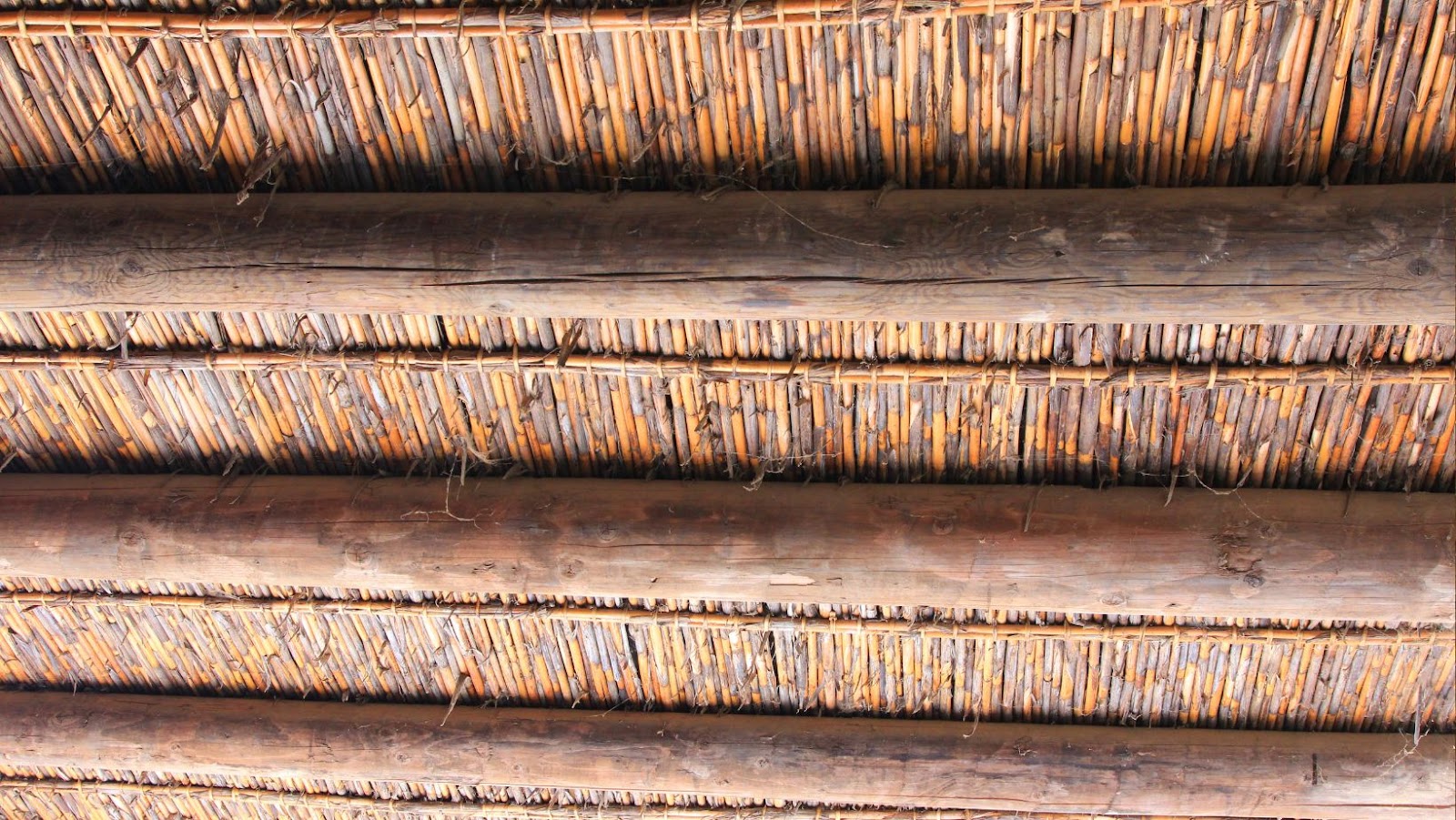Bamboo is an increasingly popular choice for flooring material due to its durability, reasonable cost, and sustainability. Replacing traditional hardwoods with bamboo is an environmentally cautious decision, offering long-term savings on energy costs and contributing to a healthy indoor environment.
Bamboo, however, does have some downsides that should be considered before making a commitment to this flooring option. It’s important to remember that not all bamboo floors are created equal – it’s essential to buy from a reputable company in order to get the most out of your investment. This is especially true when it comes to cost – cheaper versions may bring peace-of-mind in the short term but can cause financial problems down the line.
Read on for more information about the pros and cons of bamboo flooring so you can make an informed decision about what’s right for you.
Pros of Bamboo Flooring
Bamboo flooring is a great option for a flooring material, as it is highly durable, stylish yet cost-effective. Additionally, bamboo flooring can last for many years, even up to 25 years, and is very easy to install. It is also non-slip and provides good insulation from sound and temperature.
In this section, we will go through the pros of bamboo flooring in detail:
Durability
Bamboo flooring is incredibly durable and can withstand a lot of everyday wear and tear. When looked after properly, bamboo floors are known to last more than 25 years. This makes them more durable than other types of floors, such as hardwood, which typically only last 10-15 years when treated well.
It is also worth noting that thanks to its fiber structure, it is highly resistant to moisture. In contrast, wood warps and expands when exposed to dampness. Thanks to this natural resistance bamboo flooring can be laid in areas with higher levels of humidity such as kitchens, bathrooms and even basements as long as they are regularly cleaned and maintained.
Additionally, many people opt for stranded bamboo over traditional hardwood simply because it does not show scratches or marks easily due to its dense grain structure. Stranded bamboo also has great load bearing capabilities compared with hardwoods, offering greater stability and load distribution across the entire surface of the floorboards due to its tighter fiber structure along the length of each board compared with hardwoods where grooves along the length make boards less rigidly attached along their entire lengths.
Eco-Friendly
One of the most attractive features of bamboo flooring is that it is an ecologically friendly choice. Bamboo grows very quickly, making it a renewable resource and a great alternative to hardwoods, which take much longer to grow. Harvesting mature bamboo has little negative impact on the environment, as younger plants established soon take its place. Further, bamboo does not require any pesticides or fertilizers to help it grow in much the same way as other wood resources.
In addition, producing quality bamboo products only requires low levels of energy and resources (compared to production of hardwoods). This makes it an extremely attractive choice from an environmental standpoint and ensures that the product can live up to its reputation as a green building material for homeowners looking for sustainable solutions for their homes.
Cost-Effective
Bamboo flooring is an environmentally friendly option making it a great choice for those looking to make conscious living decisions. It’s a very cost-effective flooring option as bamboo grows quickly and regenerates in clumps, allowing it to be harvested faster and more regularly than hardwood trees. Generally, the labor costs for installing bamboo flooring are not as high as those required for hardwood installation.
Another reason why bamboo floors are cost effective is because of their durability. Bamboo is a grass, so it is naturally harder and denser than many other types of wood. As such, it’s better able to resist scratches and withstand everyday wear and tear. This makes for floors that last longer without needing to be replaced or refinished, helping you save money in the long run. Additionally, bamboo floors don’t require using heavy chemicals when cleaned due to its durable qualities.
Cons of Bamboo Flooring
Bamboo flooring is a natural and attractive flooring option for homes and businesses. However, bamboo flooring is not without its drawbacks. There is a range of potential issues that you should consider before investing in bamboo flooring. This section will look at the cons of bamboo flooring, from installation to wear and tear.
Susceptible to Moisture
Bamboo is a naturally absorbent material, meaning it is susceptible to moisture damage if not properly sealed and cared for. If spilled liquids are not immediately wiped off the floor or the floor is not refinished after a particularly wet winter, the water can contribute to cupping and warping.
Cupping occurs when individual planks of bamboo start to bow outward on the edges; warping is similar in that it also causes bowing as a result of excessive moisture but has more severe effects such as cracking or splitting.
Moisture problems can be avoided by:
- Making sure that any spills are wiped up quickly.
- Keeping the room climate consistent year-round.
- Finishing with multiple coats of polyurethane sealer to provide additional protection against water damage.

Difficult to Install
Installing bamboo flooring can be a difficult process that is best left to an experienced professional. Bamboo planks usually come in interlocking systems that need to be perfectly aligned and connected to stay in place. If not properly installed, the cracks in between the boards can be noticeable and hard to repair.
Additionally, the planks require special nails and glues for installation. Regular nails will not hold them in place, and other adhesives may leave them slippery and unsafe for walking on.
It is best to select an installer with plenty of experience who can ensure proper installation of your bamboo flooring.
Requires Regular Maintenance
The maintenance required of bamboo flooring is no different from caring for any hardwood floor, but does require some extra diligence. Bamboo floors can be vulnerable to scratches and dents if not maintained properly by using mats at entryways, periodically cleaning with a soft bristle broom, and lightly dust mopping. To prevent scratches, lightweight furniture and area rugs should not be moved across the surfaces. Regular sweeping and vacuuming will help keep dirt and other debris off the floor’s surface.
Bamboo floors should be moist-mopped occasionally; however it is best to avoid wax or harsh cleaners as they may leave a residue in the grooves that might decrease adhesion over time. In addition, frequent damp-mopping may cause cracking or damage in seams if too much water gets on them. Waxes and Polishes that contain silicone also are not recommended for use on bamboo floors as this could cause damage over time.
How to Install Bamboo Flooring
Installing bamboo flooring can be a great way to add a modern and stylish touch to your home, while also being easier to maintain than traditional hardwood flooring. Additionally, bamboo flooring is also an environmentally friendly option as it is a renewable resource. However, there are still some potential drawbacks and considerations to keep in mind when installing bamboo flooring. Let’s take a look at the pros and cons of installing bamboo flooring:
- Pros: modern and stylish touch, easier to maintain than hardwood, environmentally friendly.
- Cons: potential drawbacks and considerations.
Prepare the Subfloor
Prior to the installation of bamboo flooring, the subfloor must be adequately prepared for the job. This is critical for a successful installation and often overlooked. The key areas to consider are cleanliness, flatness, and moisture levels.
- Cleanliness: Your subfloor should be free of dirt and other debris such as tacks or carpet residue that could interfere with the installation. Use a broom or vacuum cleaner to ensure that all of these elements are removed before placing bamboo flooring on top of it.
- Flatness: Inspect your subfloor to make sure that there are no large dips or humps in the boards as this could adversely affect the life of your new flooring. If they exist, take steps to level out these areas by adding more screws or even additional lumber pieces to provide extra support without compromising safety or stability.
- Moisture Levels: Bamboo flooring should not be installed if moisture levels exceed 8% relative humidity in order to maintain its integrity over time. Test your subfloor for dampness using any commercially available moisture meter and always keep in mind that wood tends to expand and contract according to geographical humidity levels so it’s important not to overlook this step!

Lay the Planks
Lay the planks of bamboo flooring in the corner of the room where you are planning to start. Use a flat surface like a piece of plywood and place your first plank on top. Check that it is level before moving onto the next plank.
When laying down each plank, interlock the grooves along each side using tongue and groove styles. This is important for the structural stability and integrity of your bamboo flooring. Some people use an adhesive or glue to lock and secure each plank, particularly if there is no overlap between planks at all. Do not lay too many planks at a time – typically only two or three should be placed at once, as long as you have plenty of space to work efficiently.
Fill any minor gaps between boards with small pieces of cork spacers, as this will ensure that your bamboo floor remains even and level when you are finished installing it. You may also need to trim some edges slightly with a saw or chisel so that they fit properly into your chosen area. Tapping with a rubber mallet can help align each row before you lay down another one if needed.
Secure the Planks
In order to make sure the planks of bamboo flooring lay flat, you’ll need to attach them to each other by either nailing or gluing. If you are using glue, first use a foam roller to apply a thin coat of the adhesive on the groove edges. Then carefully lay one plank down setting it into place, ensuring that its tongue protrudes over the previous row and utilizes a tapping block and hammer to ensure proper placement.
If nailing, predrill with a drill bit slightly thinner than the nail before hammering nails into every sixth hole of each plank – just along each tongue edge. Make sure that you keep your nails at least 1/4” away from any doors or cased openings by predrilling screw holes in between them. For best results, use stainless steel finishing nails for higher overall strength but gauge them appropriately for your specific floor thickness. Carefully measure and cut your last row accordingly so as not to leave any gaps underneath trim pieces or other adjoining materials such as walls.
Conclusion
When considering whether to use bamboo flooring in your home, it’s important to weigh both the pros and cons. Generally speaking, bamboo flooring is an attractive and durable option, available at a cost that falls within most budgets. The installation process is not overly complicated, so it can be completed relatively quickly.
On the flip side, bamboo floors require diligent effort in terms of cleaning and maintenance if you want them to retain their beauty over time. Additionally, due to their organic nature, they are susceptible to water damage and other environmental factors that may affect their appearance.
Therefore, if you’re looking for a low-maintenance option with cosmetic appeal that won’t break the bank, then bamboo flooring may be your ideal choice. However, if you’re looking for something easier to maintain or are located in an area where water damage is likely to occur often, then you may want to explore different options before settling on this type of flooring solution.


More Stories
Essential Tips for Purchasing the Perfect Sofa
Essential Tips for Hiring the Right Construction Company
Common Plumbing Issues and Practical Pro Tips on Solving Them